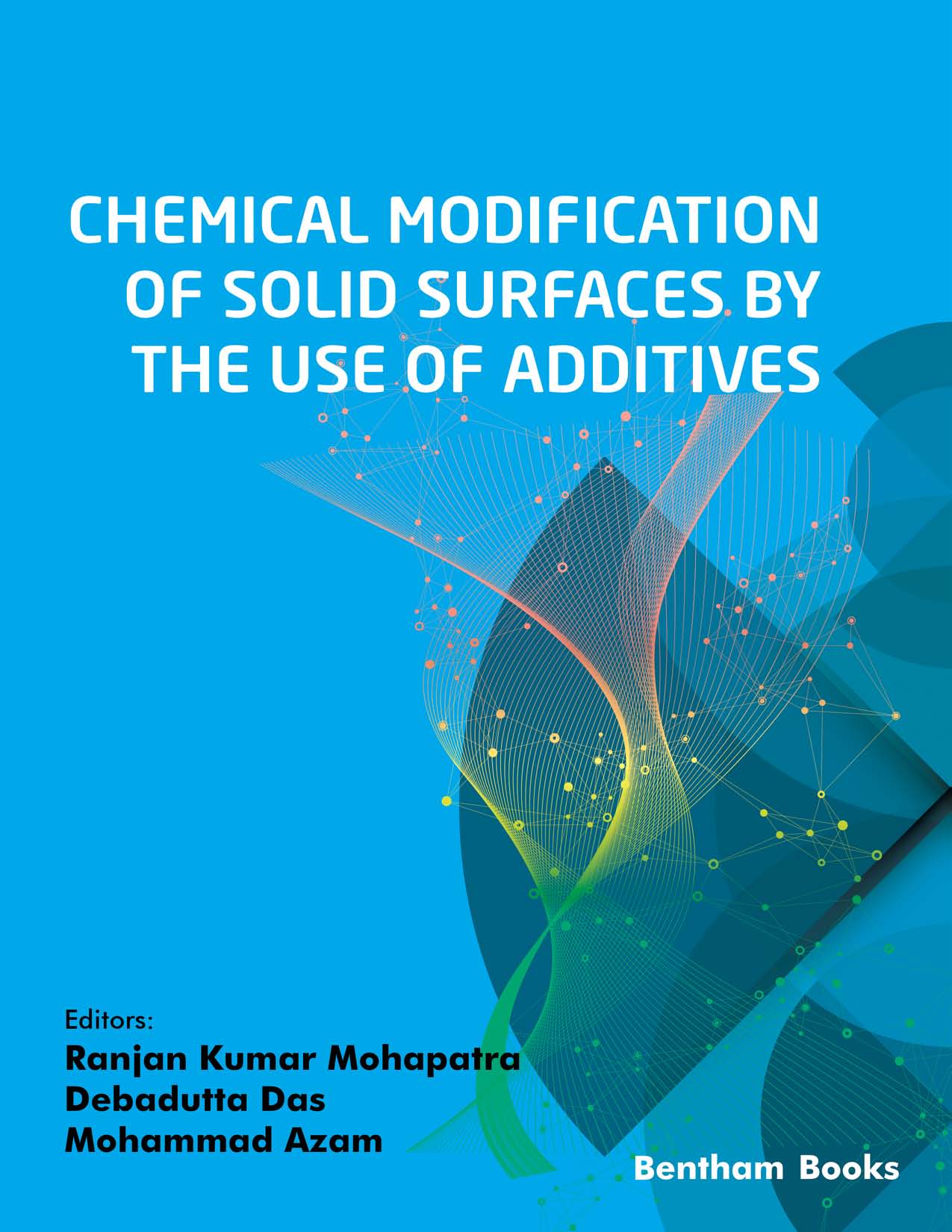Introduction
Chemical Modification of Solid Surfaces by the Use of Additives brings ten comprehensive chapters covering different types of solid surface modifications by using surfactants or other chemicals. Each chapter explains different types of chemical surface modifications that are important for a large variety of applications. The uses of each type of modification is summarized to give the reader an overview of recent developments in this field of materials science.
The book also highlights the importance of surface modification for the biomedical application of polysaccharides, sensing application of carbon electrode, metal coating substrate surfaces, microelectronic, microwave applications of perovskite material and the role of nanotechnology. This book is a useful reference for chemical engineering and civil engineering students who wish to understand the surface chemistry of additive materials. Scholars undertaking courses in nanotechnology and environmental science will also benefit from the information presented by the book.
Audience: scholars in chemistry, chemical engineering, civil engineering, material science, nanotechnology and environmental science courses.

